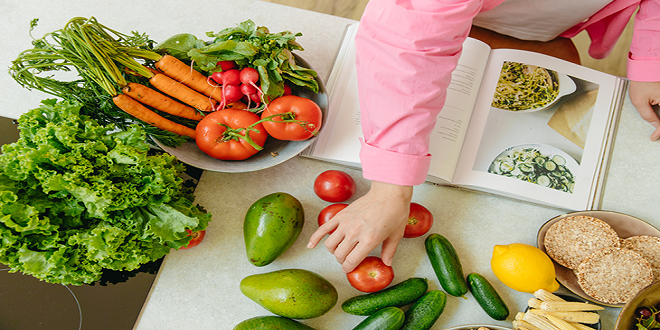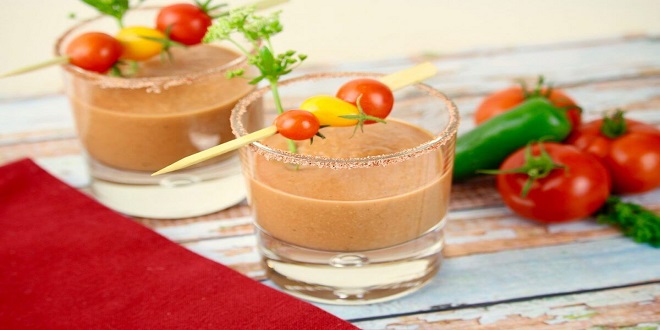What About People in Places without Great Access to All These Fresh Fruits and Vegetables?

The best thing to do is be creative. Be resourceful to find what you need. For example, there are different powders you can use that you will find online. We’ve done our best to provide you with sources for the products, as well as alternatives if you can’t find them. While writing this book, I realized that not everyone would have access to some of the ingredients listed. So, I went through the whole book and provided viable options for just about anyone.
There are different cacao and green powders that you can use. I know Superfood Snacks has some great smoothie powders that are a mix of different superfoods. (See www.SuperfoodSnacks.com.) You can also make nut milk. You do this by taking nuts (preferrably soaked and rinsed), popping them into a blender with some water, and then squeezing the blended mixture through a nut milk bag.
Is This Book the First of a Series of Books?
How do you make a healthy vegan smoothie or any recipe you never made before? Ann Wigmore, one of the founders of the modern raw food movement, once said: “Be creative; you only need to know approximately what to do. This is the best way to approach all these smoothie recipes. They are general guidelines, ideas of what to do. Read them, absorb them, enjoy them, and make your own unique smoothies in the kitchen.
Substitutes for Dairy and Sugar
As a general rule, you can make your own variations on all smoothie recipes in regular cookbooks. For yogurt and milk, substitute avocado, coconut oil, cashew nuts, or soaked almonds. For sugar, substitute agave syrup, maple syrup, raw honey, stevia, or medjool dates. Banana, mango, and dried lucuma are also great ingredients for vegan smoothies, as they add thickness and make smoothies sweeter.
Arthritis–Evaporating Pineapple Shake
Slice down the entire pineapple and throw half of it into the blender. (If it’s organic, then use the skin too!) Be sure to include the core of the pineapple, as this part is especially rich in enzymes, such as bromelain, which helps dissolve old protein deposits in the body. Add as much cilantro as you’d like and blend with water. Enjoy
Bananas and…Celery, Mango, or Papaya
Blend bananas with either celery, mango, or papaya, in any ratio. Add water to achieve desired consistency Add only a bit of water for a thicker drink, and add more for a thinner smoothie. The smoothie with celery is exceptionally refreshing, especially after exercising on a hot day.
There is, of course, no way to go wrong with the banana/mango combination. And, the banana/papaya mixture tastes just like a creamsicle. (You don’t need much papaya; put just enough of the flavorful fruit in to change the color of the smoothie.) Have fun experimenting; mix ‘n match to create your favorite smoothie!
ARE FROZEN FOODS LESS NUTRITIOUS THAN FRESH FOODS?
Most of the available scientific research suggests similar nutritional values between fresh produce and their frozen counterparts. However, others believe that only those things that naturally survive freezing temperatures (i.e., low water content items such as nuts and seeds) are appropriate for freezing. Some raw foodists point to the fact that most frozen foods are blanched (briefly boiled) prior to the flash freezing process, thus destroying some of the nutritional content.
While there is some truth to this, and to the argument that freezing high water content items causes some damage to produce, I believe frozen fruits are generally safe and nutritious, especially when there is no fresh alternative. It’s always best, of course, to use fresh when available and in season. But, don’t keep yourself from enjoying a great life-giving smoothie just because, for example, strawberries aren’t in season right now.




